When it comes to delicious easy-grow crops for the garden – it is hard to beat growing turnips from seed!
Turnips are a great addition to any garden plan. This ultra-nutritious crop has been grown around the world for thousands of years. And, it continues to be a popular garden crop today as well.
Turnips germinate quickly, and require little maintenance other than thinning and weeding.
And perhaps best of all, they can be harvested in two unique ways.
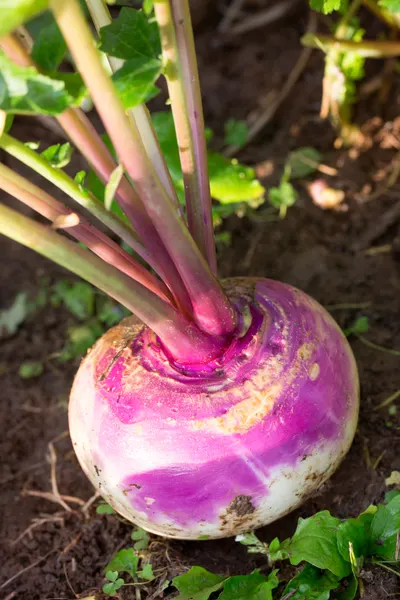
One, as a traditional root or bulb that is perfect for soups, stews and more. And two, as tender greens that can be prepared much like spinach or broccoli.
Both turnip bulbs and greens are loaded with vitamins. In addition, they are excellent sources of iron and calcium as well.
Growing Turnips From Seed – How To Plant, Maintain & Harvest
Planting Turnips
Turnips thrive in the cooler weather of early spring and late fall. Because of this, it is quite easy to grow 2 separate crops.
When growing turnips, it is best to sow seed directly into the ground. With their quick germination, and difficulty in handling the transplanting process, seeding is a better way to go.
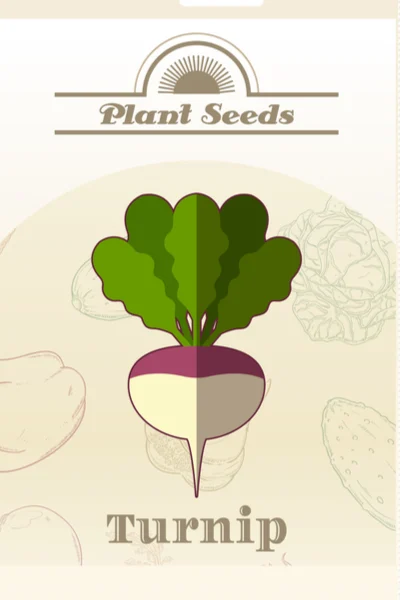
When To Plant
In the early spring, sow seeds around 2 weeks before your areas last average frost date. For a second fall harvest, sow in late summer, allowing for at least 6 to 8 weeks before your average fall frost date.
Preparing The Soil & Beds
Amend soil with generous amounts of compost before planting. As a root crop, turnips prefer loose, well-drained, fertile soil.
If you have clay-based or hard soil, you can add in a bit of sand as well to help allow roots to grow more easily.
Rake the area smooth before planting. Seed should be planted shallow, at around 1/4″ in total depth.
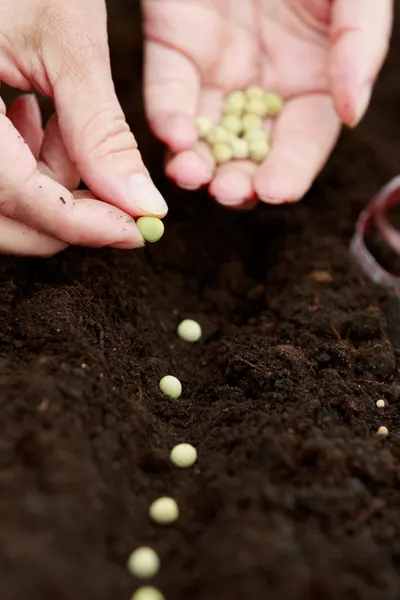
Sow at a rate of two to three seeds per inch. This allows for both good germination, and additional plants that can be harvested as tender greens.
Two excellent varieties to grow are White Globe Turnip Seeds and Purple Top Turnip Seeds.
Thinning
Once seedlings become established after a few weeks, plants can start to be thinned.
The thinning allows the remaining root bulbs to mature to full size. And, the plants removed make for excellent tender young greens!
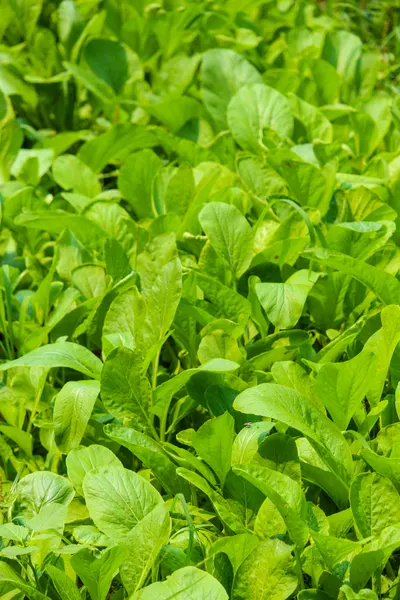
Plants should ultimately be thinned to 4″ between plants.
You can actually perform the thinning process over a few weeks. It is a great way to keep a steady supply of greens on hand.
Growing Turnips – Maintaining The Crop
Turnips are actually one of the easiest crops to maintain once planted. They require little to no additional nutrients to reach their full growth potential.
Keep rows weed-free to allow for the bulbs and greens to reach their maximum growth.
Mulching is the best way to accomplish this. It also helps to keep moisture in, a big plus for turnips. See : Choosing The Right Mulch
Harvesting
Turnip greens can be harvested at any point.
The roots can usually be harvest from 5 to 7 weeks for early varieties, and starting at 8 to 10 weeks for later maturing types.
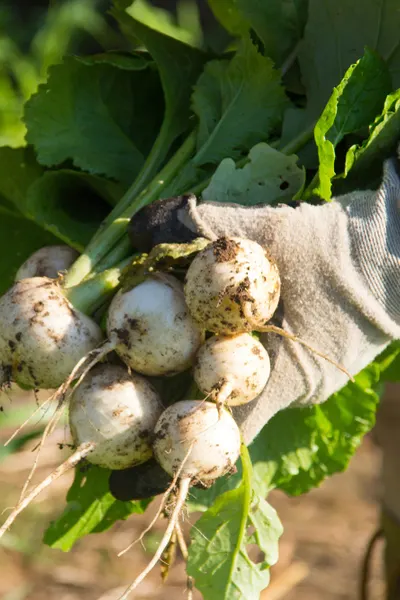
They can be pulled from the ground at nearly any size. They also store well in the ground, so you can harvest as needed.
Turnips can handle a light frost or freeze in the early fall, but should be harvested completely before a hard freeze.
They will store well in a cool dark place for 3 to 4 months after harvest.

This Is My Garden is a website dedicated to spreading the love and knowledge of gardening around the world. We publish two new garden articles each week. This article may contain affiliate links.
